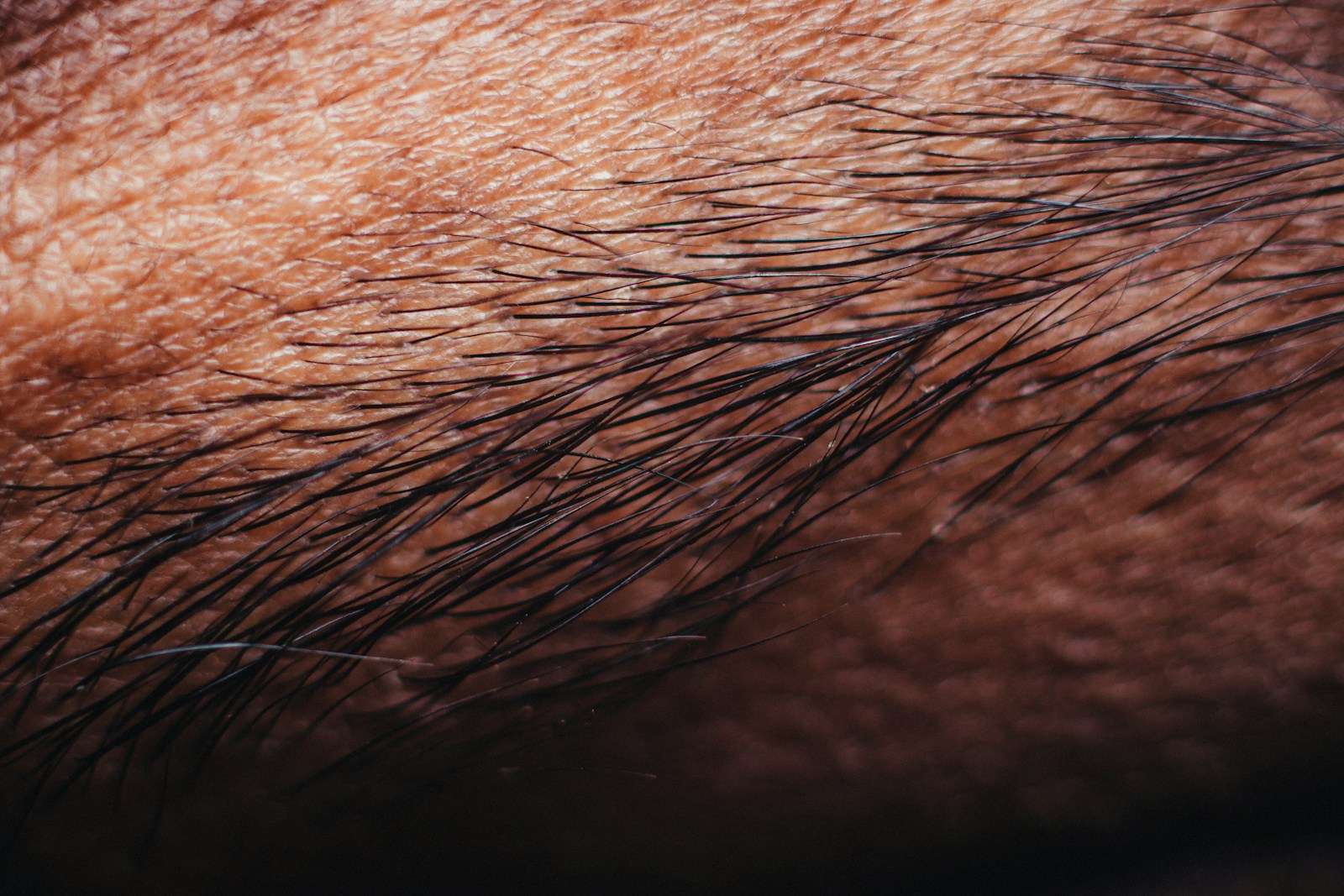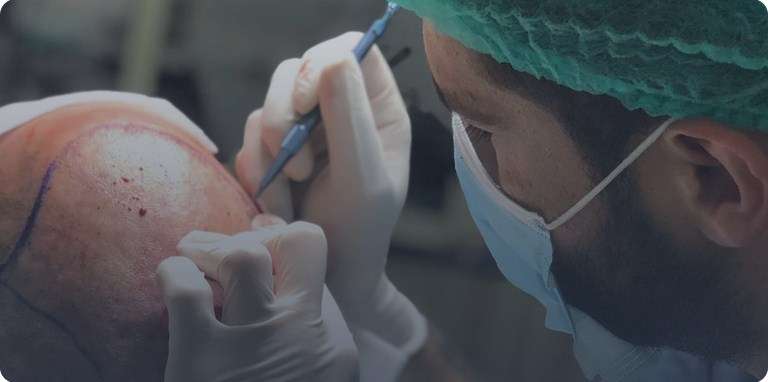Introduction to Hair Transplantation Methods
Understanding hair loss and the need for hair transplantation
Hair loss is a common problem affecting both men and women. It can have a significant impact on self-esteem and confidence. Hair transplantation is a surgical procedure that aims to restore hair growth in areas where balding or thinning has occurred. It involves the transfer of hair follicles from a donor site to a recipient site, typically the scalp. This procedure offers a long-term solution for hair loss and can provide natural-looking results.
İçindekiler
Factors to consider when choosing a hair transplant method
There are several factors to consider when choosing a hair transplant method. First, you need to assess the size and shape of your hair loss to determine the most appropriate technique. The two main methods are: Follicular unit extraction (FUE) and follicular unit transplantation (FUT).
FUE involves removing individual hair follicles from the donor area, while FUT involves removing a strip of scalp from the donor area. Other factors to consider include the surgeon’s expertise and experience, cost, recovery time and potential risks and complications. It is very important to consult with a qualified hair transplant specialist to determine the most appropriate method for your specific needs.
Follicular Unit Transplantation (FUT)
Overview and benefits of the FUT procedure
Follicular Unit Transplantation (FUT) is a hair transplant method that involves removing a strip of scalp from the donor area, typically the back of the head. The strip is then separated into individual hair follicular units, which are then transplanted into the recipient area. FUT offers several advantages, including a higher graft yield as a greater number of hair follicles can be harvested in a single session. It also allows for the creation of natural and dense hairlines, making it a preferred method for those with advanced hair loss or those seeking maximum coverage.
The healing process and potential risks of FUT
The recovery process after FUT typically involves a few days of discomfort and swelling, which can be managed with medication. Stitches used to close the donor site are usually removed after 10-14 days. It is important to follow postoperative care instructions to ensure proper healing and minimize the risk of complications. Although FUT is generally a safe procedure, there is a small risk of infection, scarring or scarring.
Numbness in the donor area. It is very important to consult a qualified hair transplant specialist to determine whether FUT is the best method for your hair loss problem.
Follicular Unit Extraction (FUE)
Overview and advantages of the FUE procedure
Follicular Unit Extraction (FUE) is a popular hair transplant method that involves individually extracting hair follicles from the donor area, typically the back of the head. This is done using specialized tools that create small, circular incisions around the follicles. The extracted follicles are then transplanted to the recipient site. FUE offers several advantages over other methods, including minimal scarring, faster recovery time and the ability to harvest hair follicles from different parts of the body.
The healing process and potential risks of FUE
After FUE, patients typically experience minimal discomfort and swelling, which can be managed with medication. Recovery time is usually shorter than with other methods and most people can resume normal activities within a few days. As with any surgical procedure, there are potential risks such as infection, bleeding or damage to the surrounding hair follicles. To minimize these risks and achieve the best possible results, it is very important to follow post-operative care instructions and consult a qualified hair transplant specialist.
Comparison of FUT and FUE
Comparison of FUT and FUE techniques
When it comes to choosing the best hair transplant method, two popular options are Follicular Unit Transplantation (FUT) and Follicular Unit Extraction (FUE). FUT involves removing a strip from the scalp
donor area and the extraction of individual hair follicles from it. FUE, on the other hand, involves individually removing follicles directly from the donor area without the need for a strip.
Factors to consider when deciding between FUT and FUE
Several factors should be considered when deciding between FUT and FUE. FUT may be more suitable for those who need a larger number of grafts as it allows the removal of a larger number of follicles. It may also be a more cost-effective option. FUE, on the other hand, is a preferred choice for people who are concerned about scarring and want a faster recovery time. FUE also offers the flexibility to harvest hair follicles from different parts of the body. Ultimately, the decision should be based on individual needs and preferences, which can be discussed with a qualified hair transplant specialist.
Other Hair Transplant Methods
When it comes to hair transplantation methods, Follicular Unit Transplantation (FUT) and Follicular Unit Extraction (FUE) are the most widely known options. However, it is important to note that alternative methods are also available. Although these alternative methods differ in technique and approach, they aim to achieve the same goal of restoring hair loss. It is recommended that you consult with a qualified hair transplant specialist who can provide an overview of these alternative methods and determine which one is most suitable for your individual needs.
Benefits and Limitations of Alternative Methods
Each alternative hair transplant method has its own benefits and limitations. Some methods offer a faster recovery time, while others may be more suitable for individuals with certain hair loss patterns. It is very important to understand the pros and cons of each method and how they align with your expectations and desired results. A qualified specialist will be able to guide you through the different options and provide a comprehensive assessment to help you make an informed decision. Remember,
Choosing the best hair transplant method depends on individual factors and should be thoroughly discussed with a professional before making any decision.
Conclusion
When it comes to choosing the best hair transplant method for you, it is important to consider individual factors. Consider these factors and consult a professional during the decision-making process. Each alternative method has its own benefits and limitations, so it is crucial to understand how they align with your expectations and desired results. Consulting a qualified professional will provide a comprehensive assessment and guide you through the different options, allowing you to make an informed decision. Remember, hair transplant methods are not one-size-fits-all and it is essential to discuss your specific needs with a professional.




